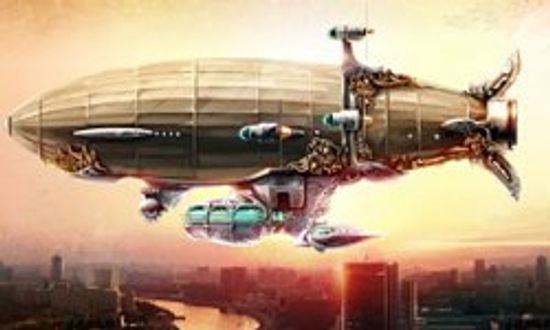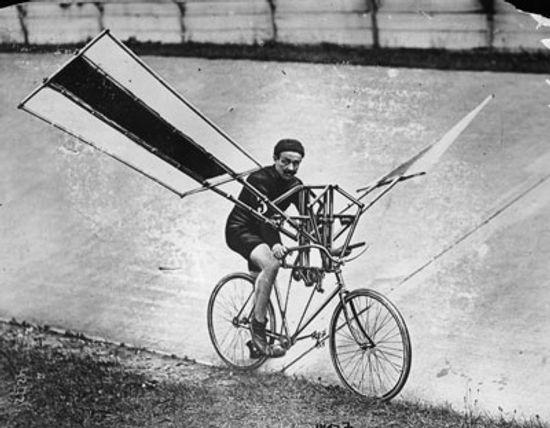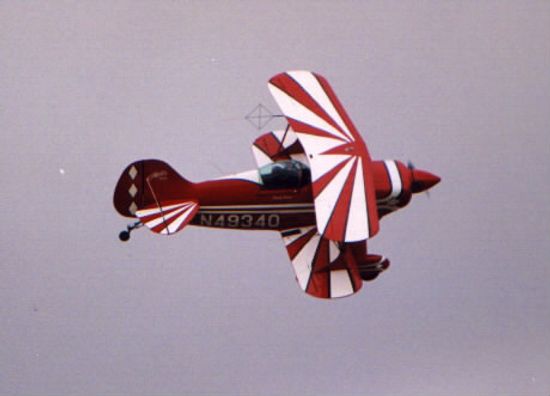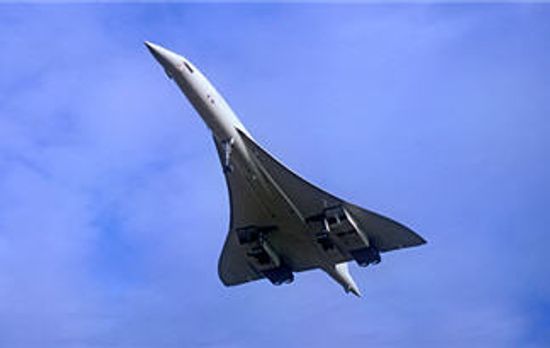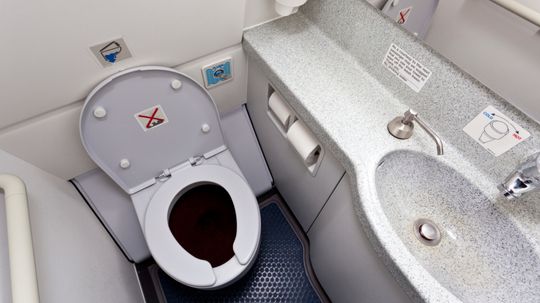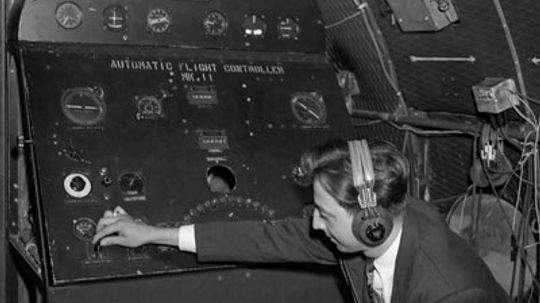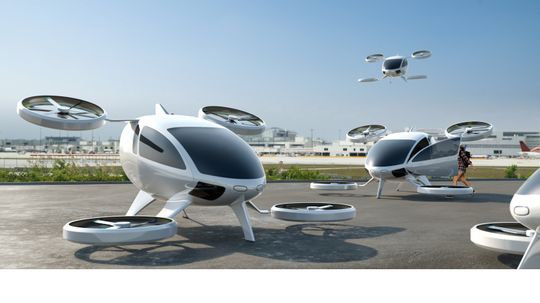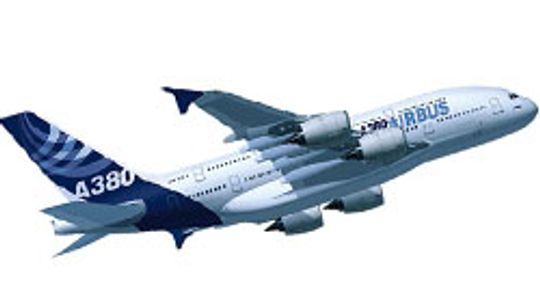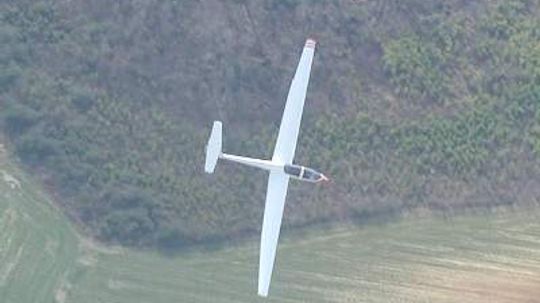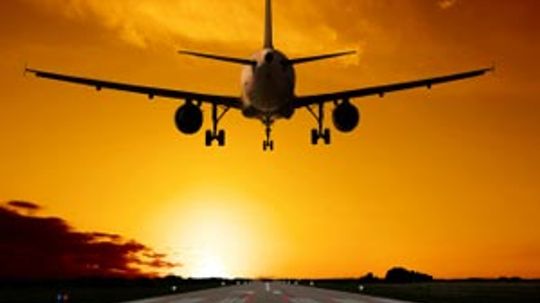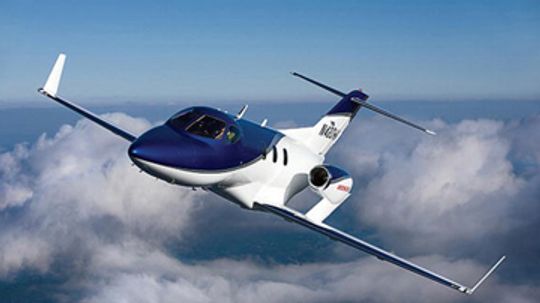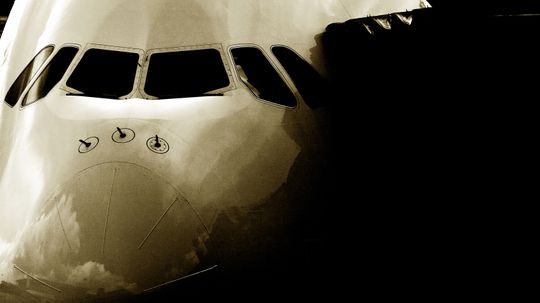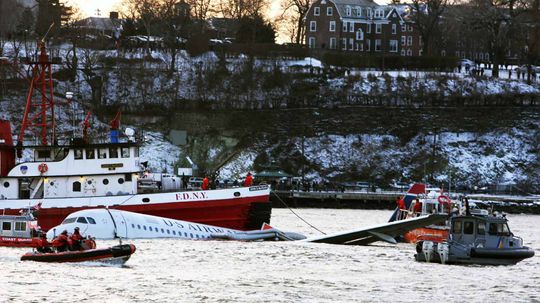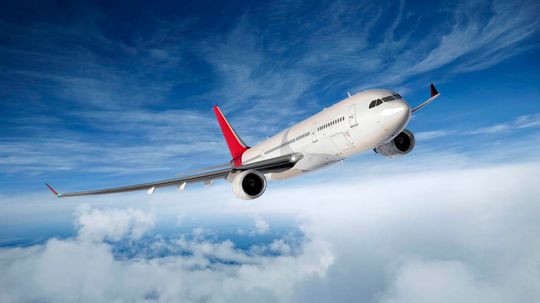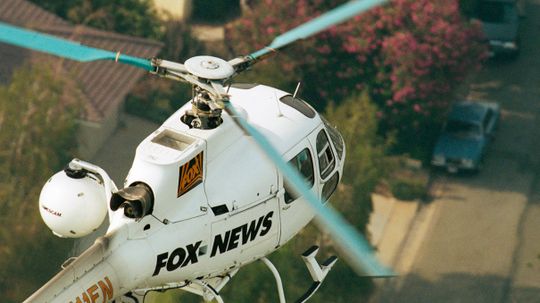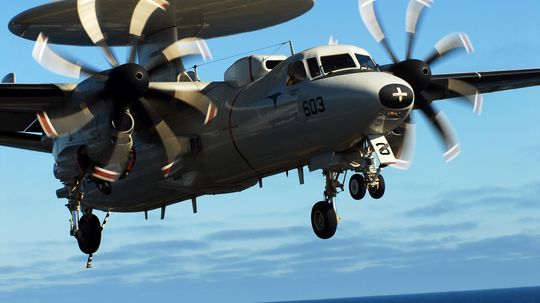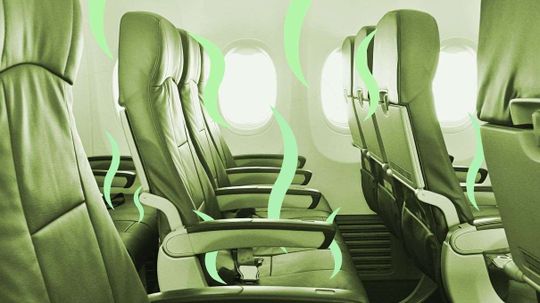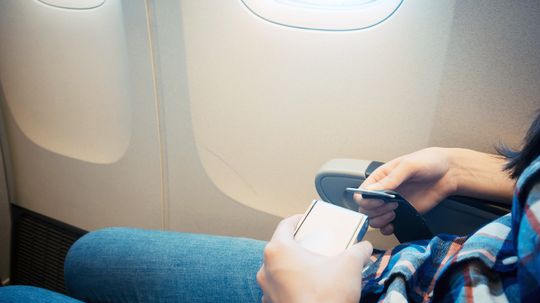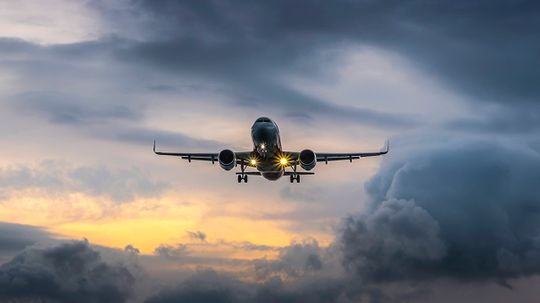Modern
Ever wondered how an ejection seat works, or how to ride a hot air balloon? This section explores modern jet mechanics and aircraft operations and components.
Learn More / Page 2
I would like to know how airplanes can fly upside down and do loops. How does the fuel get to the engine if the plane is upside down?
Do commercial jets have locks on the doors and ignition keys? If not, what keeps someone from stealing them?
When flushing the toilet in a passenger airplane, I'm amazed by the huge noise it makes -- like a powerful vacuum cleaner. Can you explain what makes this noise?
Advertisement
For some in-flight routines and procedures, autopilots are even better than a pair of human hands. They don't just make flights smoother -- they make them safer and more efficient.
Air taxis could make a trip to the beach or a visit with friends and relatives go from taking six hours on the highway to a quick, no-hassles plane ride. Find out how the air-taxi system will operate.
By Carolyn Snare
How do you start a gas turbine engine? What is the mechanism to begin the rotation of the large fan blades?
Airline pilots have an amazing job with huge responsibilities. Learn what it's like to be a pilot and what it takes to make it in this highly competitive profession.
By Joel Freeman
Advertisement
It's the largest passenger jet ever built -- so huge that airports have to be redesigned to accommodate it. Find out just how big the A380 is and what this type of craft means for the future of air travel.
Blimps combine the simple buoyancy of a hot air balloon with the technology of an airplane. Learn all about these lighter-than-air vehicles.
Hot air balloons are about as simple as flying can get - no engine, no moving parts really, and very little the pilot can do to control the vehicle. Find out what it's like to fly a hot air balloon!
By Tom Harris
Flying in a glider is about as close as you can get to soaring like a bird. Amazingly, these graceful machines manage their maneuvers without an engine. Learn how gliders fly without power.
Advertisement
Why would a pilot ever want to eject an airplane's fuel intentionally? And why would it happen during a flight? Although it sounds alarming, a fuel dump is a safe procedure.
By Jane McGrath
It's hard to look up in the sky on a clear day and not see a "cloud" trailing from an airplane. They're called contrails, though some refer to them as "chemtrails" and have odd explanations for their existence.
Not your "typical" Honda: This one features fully-adjustable leather seats, power window shades and a private bathroom with a black marble sink -- oh, and don't forget its over-the-wing engines, too.
Length, height and wingspan are all popular ways to rank an aircraft, but truly giant planes are often judged by their maximum takeoff weight. Which plane outlifts them all?
By Julia Layton
Advertisement
It can definitely be done - we saw Capt. Sully Sullenberger successfully land an Airbus A320 without any engines, in the Hudson River no less. But just how far a plane can fly without its engines depends on a few different factors.
By Mark Mancini
The first commercial jetliners had square windows. So why did engineers change the design to the rounded windows we know today?
Camera-equipped commercial drones are cheaper and require less training. Is it time to say goodbye to your local eye-in-the-sky traffic reports?
In the world of flight, it's a fine line between flying high and falling fast. Can you name 10 of the innovations that keep planes and their passengers airborne?
Advertisement
Writing a legible message on paper requires a steady hand; writing one in the sky requires a steady everything.
By Julia Layton
More than 100 years ago the Wright brothers made their historic first flight in Kitty Hawk, N.C. Even after all these years, their creation still boggles the mind: How can something so heavy take to the air?
The Department of Homeland Security announced it is extending the REAL ID full enforcement date by 19 months to allow states time to get up and fully operational after the COVID-19 pandemic shut down many licensing offices.
There are so many tweaks we wish airlines would implement, especially if future seat configurations mean stacking passengers with butts suspended above heads.
Advertisement
Commercial flight is extremely safe. But could it be even safer if airplanes had shoulder harnesses instead of lap belts?
By John Donovan
Predicting turbulence isn't an exact science, but airline pilots use a variety of tools both high-tech and low before asking you to buckle up.
